Experience the benefits of foam rolling with our selection of premium foam rollers designed to help improve flexibility, reduce muscle soreness, and increase blood flow. From textured foam rollers to vibrating options, we have a variety of choices to suit your needs and fitness goals. Incorporate foam rolling into your home fitness routine and feel the difference it can make in your overall well-being.
Foam Rollers
Relax and recover with our range of premium foam rollers for your home fitness routine
Product List

TriggerPoint GRID Foam Roller
Trigger Point Performance
Product Review Score
4.81 out of 5 stars
180 reviews$39.99 $29.99
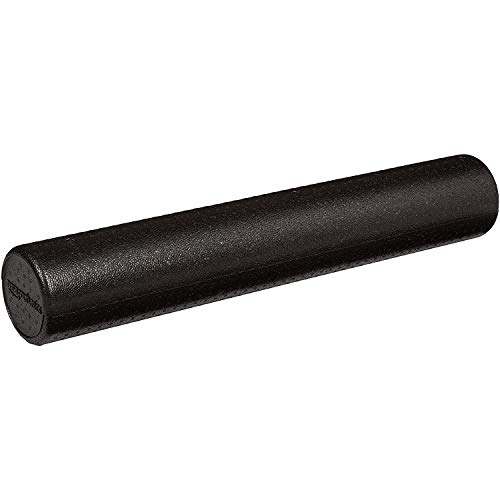
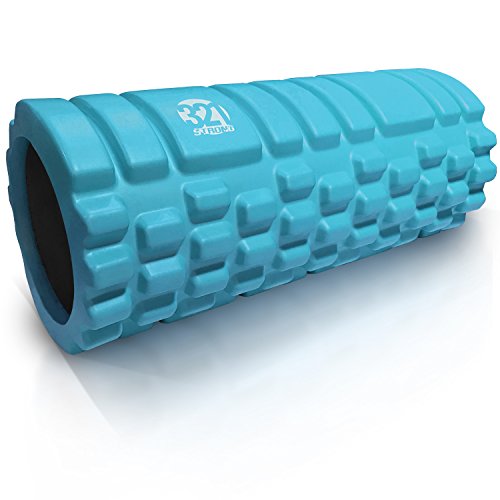
Medium Foam Roller Relief
321 Strong
Product Review Score
4.69 out of 5 stars
22 reviews$46.99 $32.84
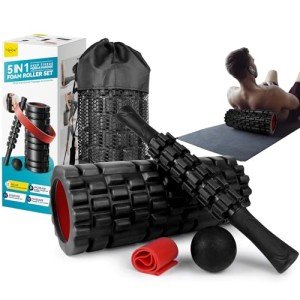
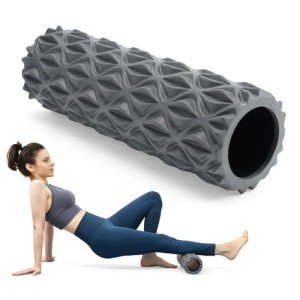
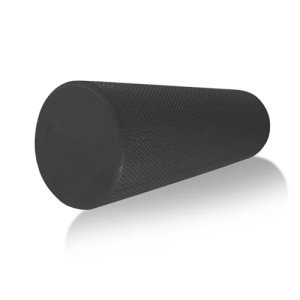
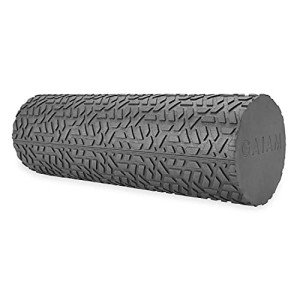
Gaiam Restore Foam Roller
Gaiam Restore
Product Review Score
4.68 out of 5 stars
185 reviews$14.99 $11.90
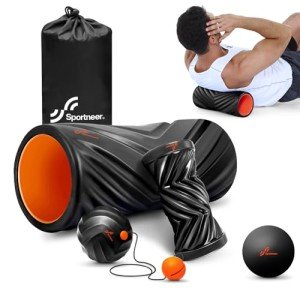
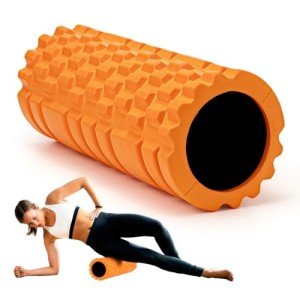
Krightlink Foam Roller - Orange
Krightlink
Product Review Score
4.44 out of 5 stars
206 reviews$35.99
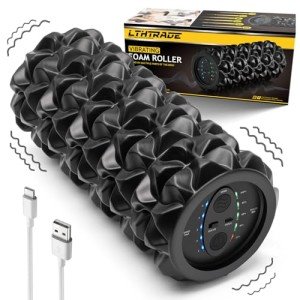
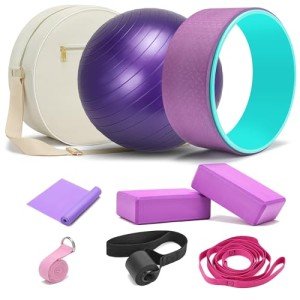
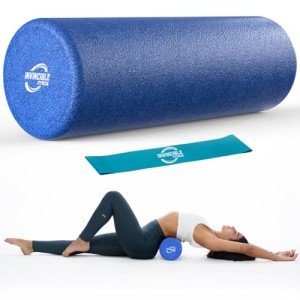
Foam rolling has become an essential recovery tool for athletes, fitness enthusiasts, and those suffering from muscle tightness or soreness. Whether you're looking to improve flexibility, relieve tension, enhance circulation, or prevent injuries, using a foam roller can help optimize your workout routine and recovery process.
This guide will cover everything you need to know about how and why you should be using a foam roller, including the benefits, best techniques, and common mistakes to avoid.
What Is Foam Rolling?
Foam rolling, also known as self-myofascial release (SMR), is a technique that applies pressure to muscles using a cylindrical foam roller. This method helps release muscle knots, break up adhesions in fascia (connective tissue), and improve mobility.
Why You Should Be Using a Foam Roller
1. Improves Flexibility and Range of Motion
Regular foam rolling helps increase muscle elasticity and joint mobility, leading to better performance in workouts and daily activities.
2. Reduces Muscle Soreness and Speeds Up Recovery
Using a foam roller post-workout can help flush out lactic acid buildup, reducing delayed onset muscle soreness (DOMS).
3. Enhances Circulation and Blood Flow
Foam rolling stimulates blood flow to muscles, improving oxygen delivery and aiding in tissue repair.
4. Prevents Injuries and Aids in Rehabilitation
By breaking up tight knots and improving muscle alignment, foam rolling helps prevent strains and injuries.
5. Releases Tension and Reduces Stress
The pressure from foam rolling activates the parasympathetic nervous system, promoting relaxation and stress relief.
How to Use a Foam Roller Correctly
Using a foam roller properly ensures maximum benefits while minimizing the risk of discomfort or injury.
1. Choose the Right Foam Roller
-
Soft Foam Rollers – Best for beginners and those with sensitive muscles.
-
Medium-Density Foam Rollers – Ideal for general muscle recovery and massage.
-
Firm or Textured Rollers – Best for deep tissue massage and breaking up knots.
2. Foam Rolling Techniques
-
Slow, Controlled Movements – Move slowly over tight areas instead of rushing.
-
Hold Pressure on Trigger Points – Pause for 20-30 seconds on tender spots.
-
Use Proper Breathing – Deep breaths help muscles relax and release tension.
-
Roll Each Muscle Group for 30-60 Seconds – Avoid excessive pressure to prevent bruising.
Best Foam Rolling Exercises for Different Muscle Groups
1. Foam Rolling for Legs and Lower Body
-
Quads: Lie face down with the roller under your thighs; roll from hips to knees.
-
Hamstrings: Sit with the roller under your thighs and move slowly from glutes to knees.
-
Calves: Position the roller under your lower legs and gently roll back and forth.
2. Foam Rolling for Upper Body
-
Upper Back: Lie with the roller under your shoulder blades and roll up and down.
-
Shoulders: Roll side to side on the roller to release tension in the deltoids.
-
Chest: Lay face-down with the roller under your chest to relieve tightness.
3. Foam Rolling for Core and Glutes
-
Glutes: Sit on the roller, cross one leg over the other, and roll over tight areas.
-
Lower Back: Use gentle pressure to avoid excessive spinal strain.
-
Hip Flexors: Roll just below the hip bones to target tight hip flexor muscles.
When and How Often Should You Foam Roll?
| Goal | Recommended Foam Rolling Frequency |
|---|---|
| Pre-Workout | 5-10 minutes to activate muscles |
| Post-Workout | 10-15 minutes for muscle recovery |
| On Rest Days | 5-15 minutes to improve flexibility |
| For Pain Relief | Daily as needed, 1-2 minutes per muscle group |
Common Foam Rolling Mistakes to Avoid
1. Rolling Too Fast
Rushing through movements reduces effectiveness. Instead, move slowly and focus on tight areas.
2. Applying Too Much Pressure
Using excessive force can cause bruising or discomfort. Apply gentle pressure and increase gradually.
3. Rolling Over Joints and Bones
Avoid rolling directly over knees, elbows, spine, and ankles, as this can cause injury.
4. Neglecting Certain Muscle Groups
Focus on all major muscle groups, not just sore areas, for balanced recovery.
5. Skipping Breathing Techniques
Holding your breath can increase tension; always inhale and exhale deeply while rolling.
Foam Rolling vs. Stretching: Which Is Better?
Both foam rolling and stretching have unique benefits. Combining the two provides optimal results.
| Factor | Foam Rolling | Stretching |
| Purpose | Releases muscle tension | Improves flexibility |
| Best Time | Before or after workouts | After workouts or daily |
| Technique | Uses pressure to massage muscles | Holds static or dynamic positions |
For best results, combine foam rolling with static stretching in your warm-up and cool-down routines.
Who Should Use a Foam Roller?
Foam rolling is beneficial for:
-
Athletes and Gym-Goers – Enhances recovery and prevents injuries.
-
People with Sedentary Lifestyles – Relieves tension from prolonged sitting.
-
Older Adults – Improves mobility and reduces joint stiffness.
-
Anyone Experiencing Muscle Pain – Helps with chronic pain conditions like sciatica or fibromyalgia.
Make Foam Rolling a Part of Your Routine
Using a foam roller regularly can improve flexibility, relieve muscle soreness, enhance circulation, and prevent injuries. Whether you're an athlete or someone looking to reduce daily muscle tightness, incorporating foam rolling into your routine can provide significant health benefits.